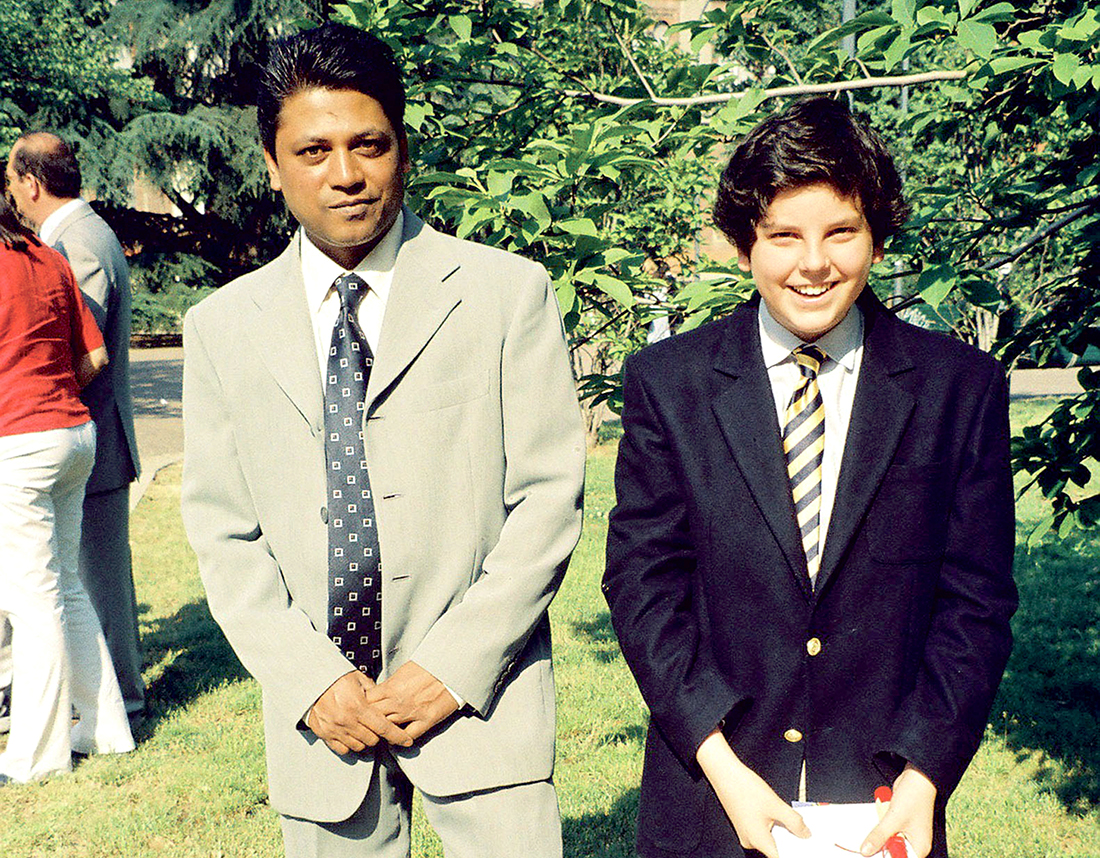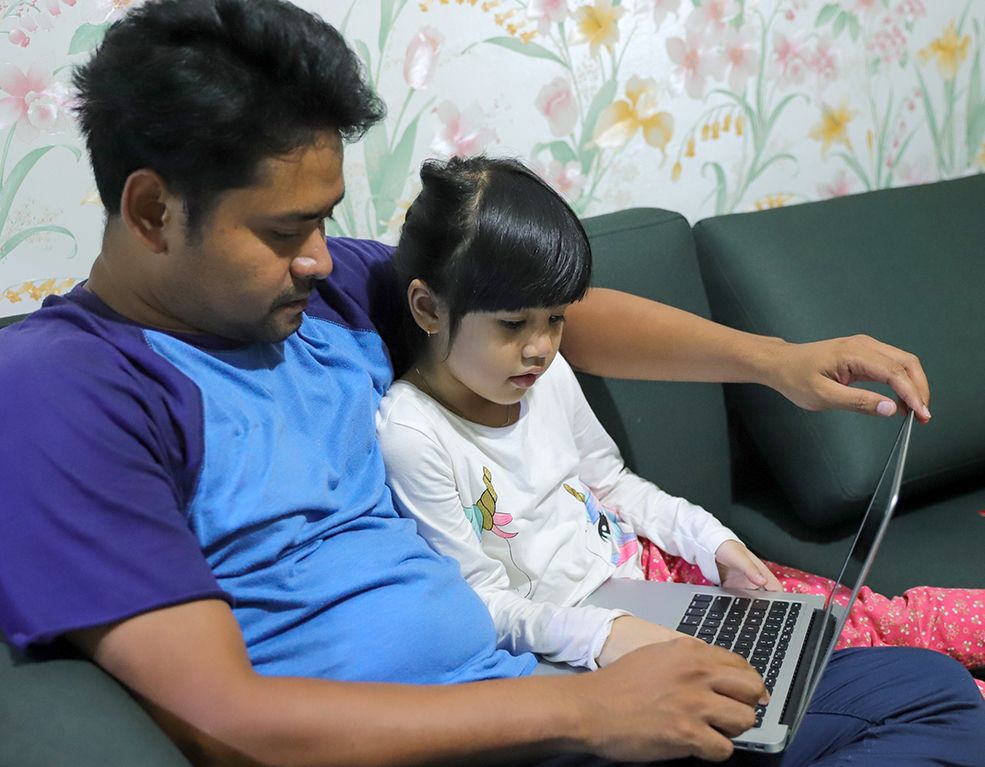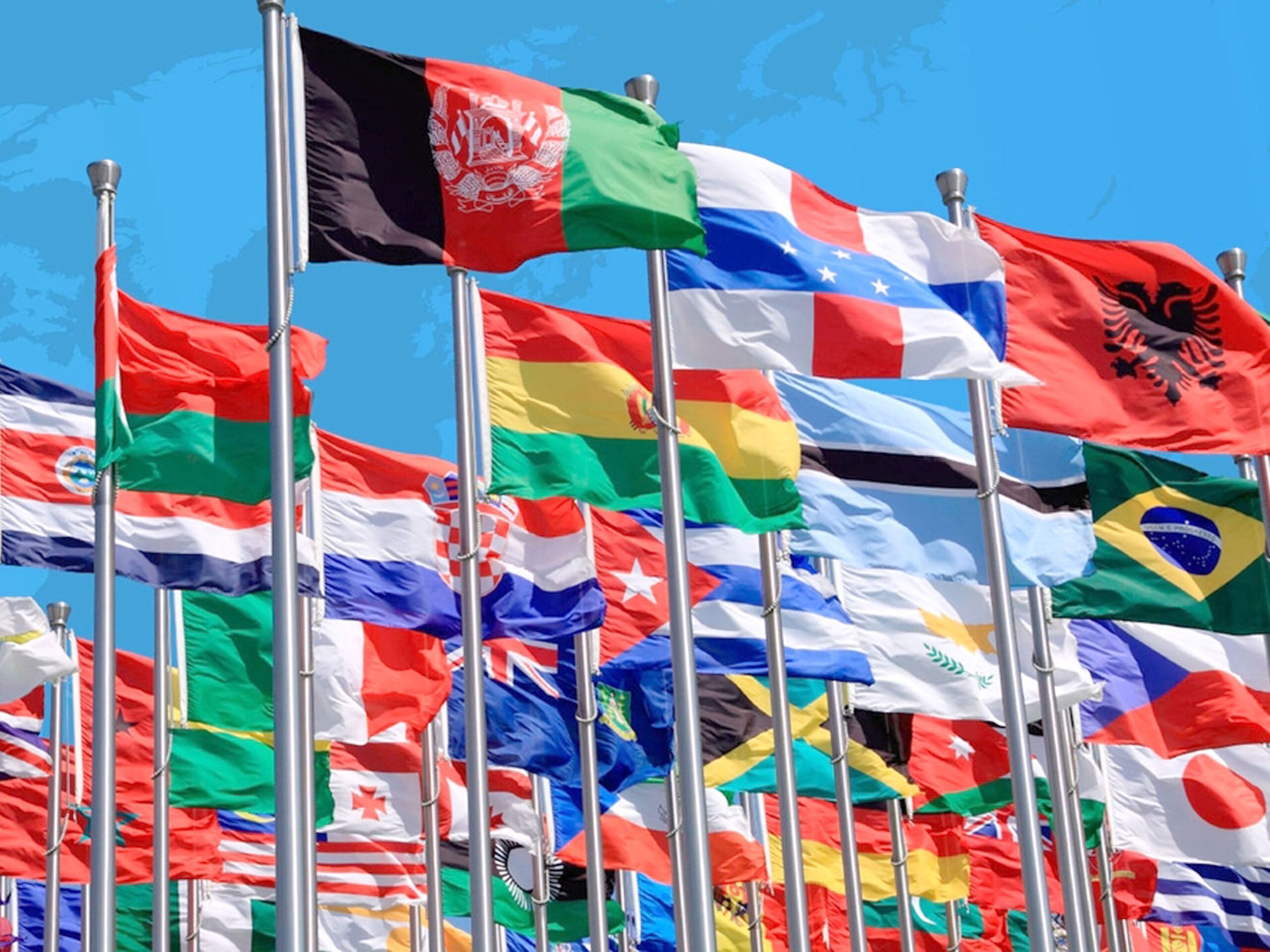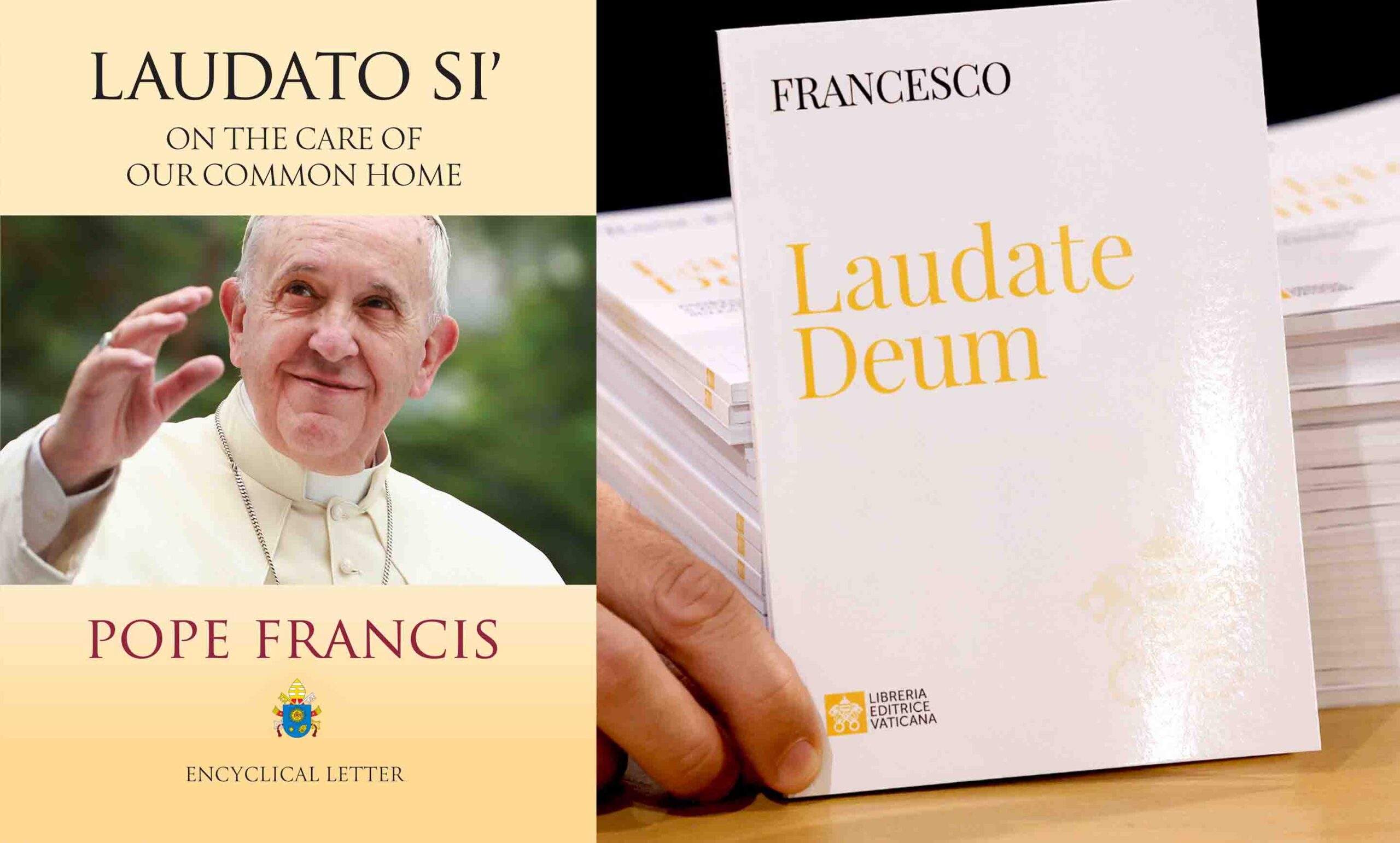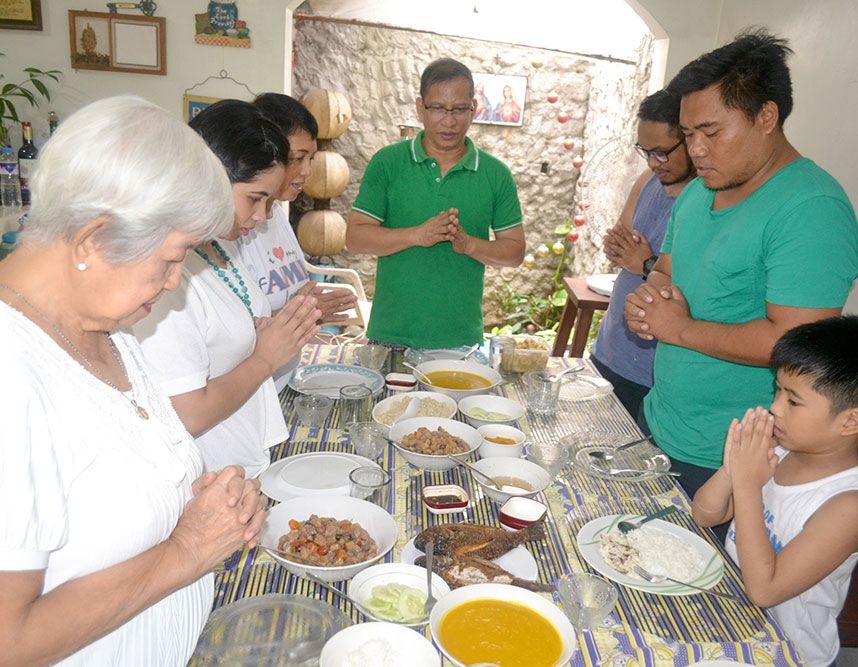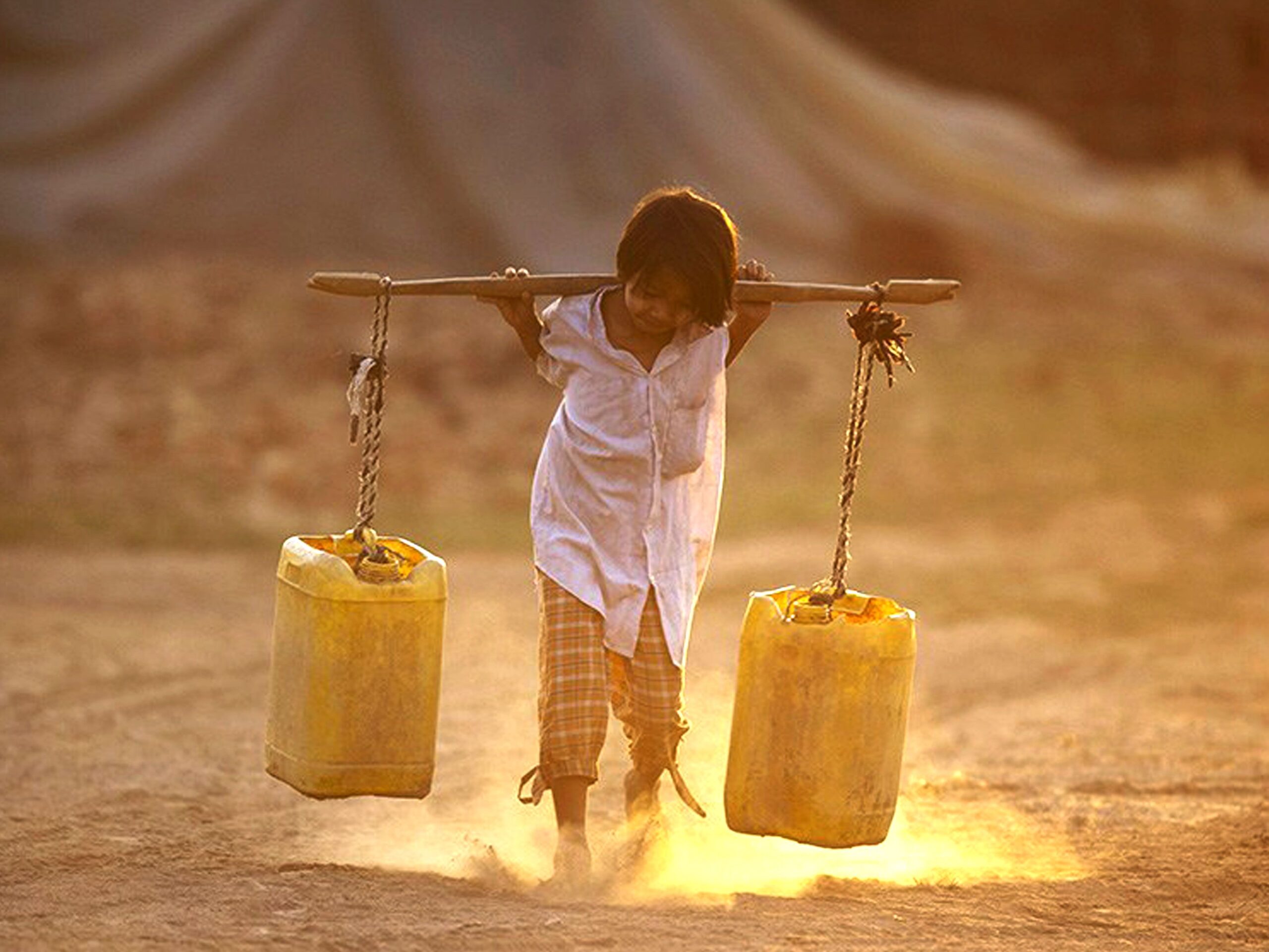It is a sad story. Four hundred years of Christian-Muslim interaction in the Philippines have often been centuries of suspicion, prejudice, and aggression. Yet, despite past hostilities, Catholics are urged by the Church today to promote a spirit of reconciliation with their Muslim neighbors. In the Virgin Mary, they can find one bridge to harmonious existence.
Another story is not a sad one. It took place in Manila while I was waiting in an office before formal business hours. I found myself in a fascinating conversation with a charming young lady. Although presently employed in Manila, she originates from Jolo, southern Philippines. In the course of our friendly chat, she proudly told me how her name “Mary Ann” reflects her family which is part Muslim and part Christian.
She narrated her background: “When my parents were choosing my name, it was my Muslim grandfather who insisted on ‘Mary’ because of his admiration for Mary, the mother of Jesus (‘Is) the prophet. Furthermore, he urged that my second name be ‘Ann’ in honor of Mary’s mother. Thus, while acceding to my parents’ decision that I would be baptized a Christian, he believed that my Muslim heritage would not be lost because of the name he had chosen for me.” She concluded her story: “I’m very happy that my own name symbolizes who I am – both Christian and Muslim.”
Parallels in Faith. Catholics should be delighted to discover how much Christians and Muslims have in common. Reverence for Mary is a dominant element of Muslim-Christian mutuality, a possible source of unity and a key for superseding hostilities. Listen to the words of the Second Vatican Council (1962-1965) on the proper attitude of Catholics toward their Muslim neighbors: “Although in the course of the centuries many quarrels and hostilities have arisen between Christians and Muslims, this most sacred Synod urges all to forget the past and to strive sincerely for mutual understanding. On behalf of all humanity, let them make common cause of safeguarding and fostering social justice, moral values, peace and freedom” (Nostra Aetate, 3).
Most Christians are unaware of the reverence that Muslims have for Mary. Her name Maryam appears explicitly in the Qur’an 34 times. In 24 of these references, she is identified as the mother of Jesus (‘Is). One chapter of the Qur’an (Sura 19) is entitled Maryam and narrates events of the Annunciation and Jesus’ birth. In addition, Muslims call Mary Sitti Maryam; Sitti is a term of endearment because of her privilege to be the mother of the prophet ‘Is.
Muhammad’s attitude toward Mary was always reverent and respectful. He spoke of her as a sign (ayat) for all creation and a model (mathal) for all believers. As the Qur’an notes (66:12), “she put her trust in the words of her Lord and believed in His Scriptures.” The Prophet of Mecca saw Mary as a sign and model because she truly submitted (Islam) to the will of Allah/God. This same virtue of Mary is recorded by Saint Luke: “Mary said: I am the servant of the Lord. Let it be done to me as you say” (1:38).
Another Marian parallel is found in both the Islamic and Christian faiths: Mary has a special dignity as one favored by God. The Qur’an (3:42) says: “Allah has chosen you, and made you pure, and exalted you above all women”; the Gospel of Luke (1:28, 42) states: “Hail, full of grace … blessed are you among women.”
Catholics reverence Mary under several titles, one of which is “Our Lady of Fatima.” Here, one can discover an interesting Muslim-Christian bond. It is a historical fact that the Muslims occupied Portugal for several centuries. At the time when they were driven out, the last Muslim ruler had a beautiful daughter named Fatima. A young Catholic man loved her and for him she stayed behind when the Muslims left. The husband was so much in love with her that he changed the town’s name to Fatima. Thus, the very place where Our Lady appeared in 1917 bears a historical connection to Fatima, the favorite daughter of Muhammad. When commenting on this fact, Bishop Fulton J. Sheen once noted: “I believe that the Blessed Virgin chose to be known as ‘Our Lady of Fatima’ as a pledge and sign of hope to the Muslim people.”
Mutual Respect. The Catholic Church sought to promote a new vision of human relationships at the Second Vatican Council; we read in its documents: “Upon the Muslims, too, the Church looks with esteem” (NA, 3). Yes, “the plan of salvation also includes those who acknowledge the Creator. In the first place among these are the Muslims, who, professing to hold the faith of Abraham, along with us, adore the one and merciful God, who on the last day will judge humanity” (LG, 16).
Again, many Catholics will no doubt be surprised at the words of Vatican II which elaborated Muslim-Christian similarities; the Muslims “adore one God, living and enduring, merciful and all-powerful, Maker of heaven and earth and Speaker to all. They strive to submit wholeheartedly even to His inscrutable decrees, just as did Abraham, which whom the Islamic faith is pleased to associate itself. Though they do not acknowledge Jesus as God, they revere Him as a prophet. They also honor Mary, his Virgin Mother; at times they call on her, too, with devotion. In addition, they await the day of judgment when God will give each one his due after raising him up. Consequently, they prize the moral life, and give worship to God especially through prayer, almsgiving, and fasting” [emphasis added] (NA, 3).
Today, worldwide, there are more Muslims than Catholics; approximate percentages of world religious population are: Catholics (16.9%), Muslims (19.2%), Christians [total] (33.7%). Realistically facing all peoples and religions, the Church says that she “rejects nothing which is true and holy in these religions.” Catholics are requested to “acknowledge, preserve, and promote the spiritual and moral goods found among these men,” because these “often reflect a ray of that Truth which enlightens all” (NA, 2).
Nuesta Señora. A final story illustrates the reverence that Muslims in Mindanao, southern Philippines, have for Mary. In Zamboanga, a Muslim high school student explained to his Jesuit teacher why he had missed a day of class: “Yesterday was the fiesta of the Virgin Mary, Nuestra Señora del Pilar. I visited her shrine at Fort Pilar to pray and ask for her help.”
For Muslims and Christians alike in Zamboanga, Mary symbolizes that city’s culture, history and destiny. A legend says that the city will be destroyed if the people stop praying to “Our Lady of the Pillar,” a devotion that dates back to 1719. Many devout Muslims of Zamboanga are known to implore Mary’s special protection during difficult times or before beginning their pilgrimage (hajj) to Mecca.
To be sure, Christians and Muslims are not in total agreement with all their beliefs about Mary. Yet, this should not prevent them from nurturing a deep and mutual reverence for Mary as “Our Lady” (Sayidat). Beginning with common elements, these two great monotheistic religions can grow closer together; Mary can be one bridge to closer fellowship; Mary can become the “Common Kaa’ba” where Muslims and Christians clasp each other’s hand in worship of the one, true God.


